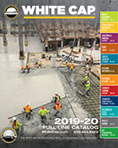Setting Up A Low-Risk Jobsite
READ IN SPANISH
How To Keep Workers At Low-Risk
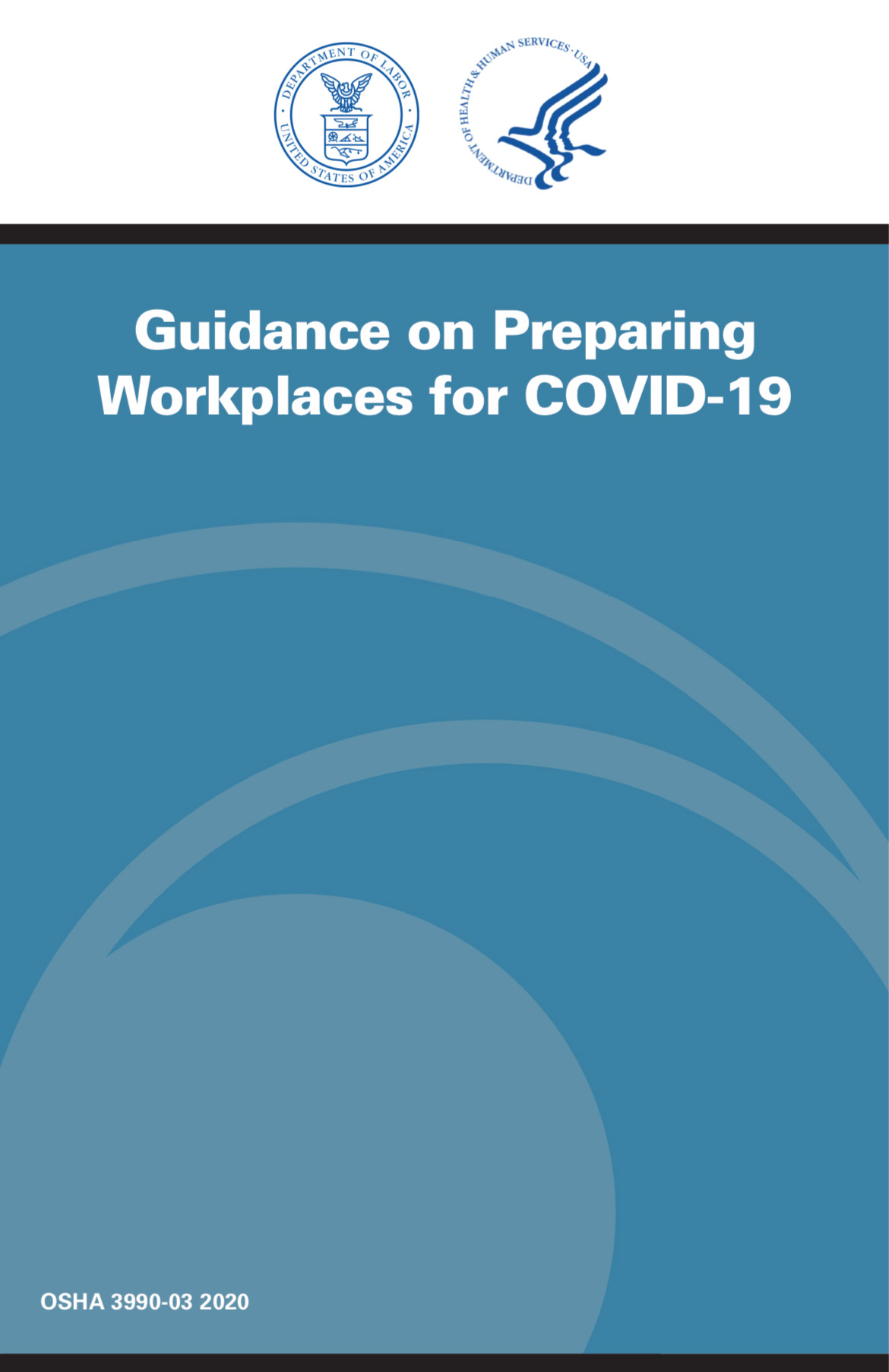
Throughout the COVID-19 pandemic, many construction projects have been able to continue, but not without restrictions. One reason for exceptions to shutdown rules is the nature of construction activity. On many projects, workers do not have frequent close contact with co-workers, customers, or the public.
OSHA recognizes that physical distancing is a key part of a jobsite safety health plan. In their Guidance on Preparing Workplaces for COVID-19, officials advise contractors to explore establishing policies and practices that maintain, and even increase, the physical distancing among workers.
According to Bruce Donato, a safety expert with K & A Safety:
Contractors can achieve effective distancing with updates to work procedures, enhanced signage, and safe communication. The goal is to ensure workers remain in OSHA’s medium and low risk classifications.
The Need For Distance And Time

OSHA has adopted the CDC recommendation for physical distancing. But physical distancing is more than just a linear relationship between bodies. Donato points out current CDC guidelines include the current definition of close contact occurs when workers are within 6 feet of others for a period of 15 minutes or more.
So, when workers need to gather to perform tasks, contractors must try to limit their length and frequencies of these exposures. For the average contractor, Donato suggests several simple procedural adjustments that can help limit exposure.
Outside The Gates
Contractors should begin by examining how workers arrive and leave the jobsite. Since health experts are encouraging workers to avoid public transportation and ridesharing, Donato says to secure enough parking area so that distancing can begin before ever entering the jobsite.
The layout should also eliminate any sort of bottlenecks of entry. Consider more entries if there is a required temperature check and or health screening procedure.
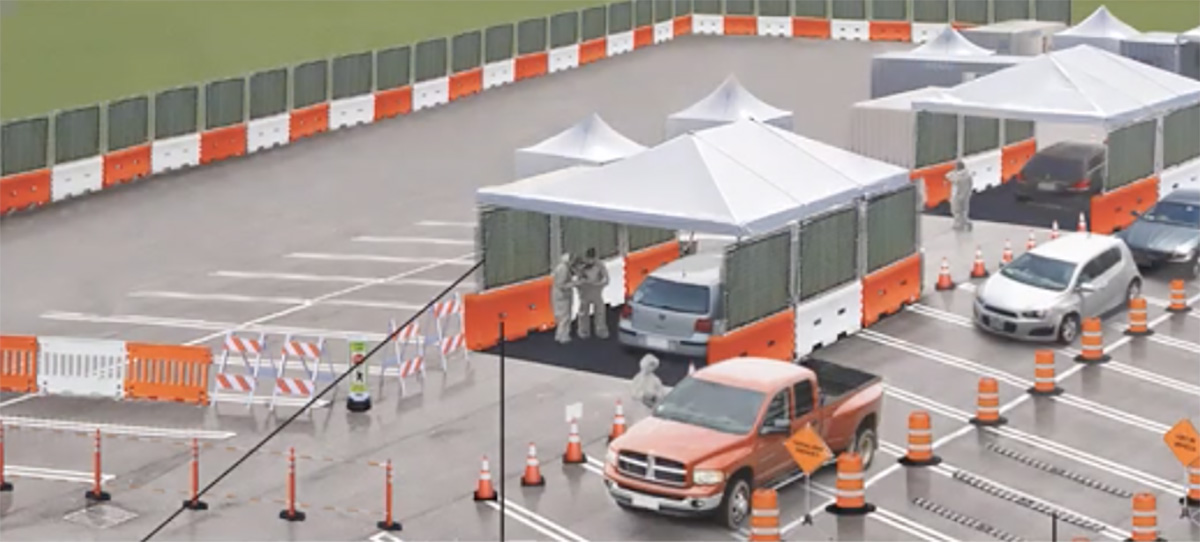
Guarding Site Entry
Procedures can mitigate worker exposure by restricting visitor access. It is a best practice to establish a separate receiving area for approved vendors. Consider asking for electronic delivery verification that allows drivers to remain in their vehicles. Adopt video inspection procedures to provide verification to owners and inspection authorities.
Gate entries should employ a recognition system identifying who is permitted on-site. Keep entry logs for all onsite personnel, recording arrival and departure times, and where they are working or visiting on the site.
Prevention is a Shared Responsibility
Enjoy the videos and music you love, upload original content, and share it all with friends, family, and the world on YouTube.
Timing Counts
Contractors can control exposure levels by adjusting work schedules. Donato suggests limiting the number and subcontractors on the job on each shift. Some jobs have added shifts or adjusted shift duration to reduce the number of workers on site at any one time.
Donato says that scheduling should include a review of work crews. Trying to assign the same crew to the job helps increase distancing awareness.
Inside The Gates
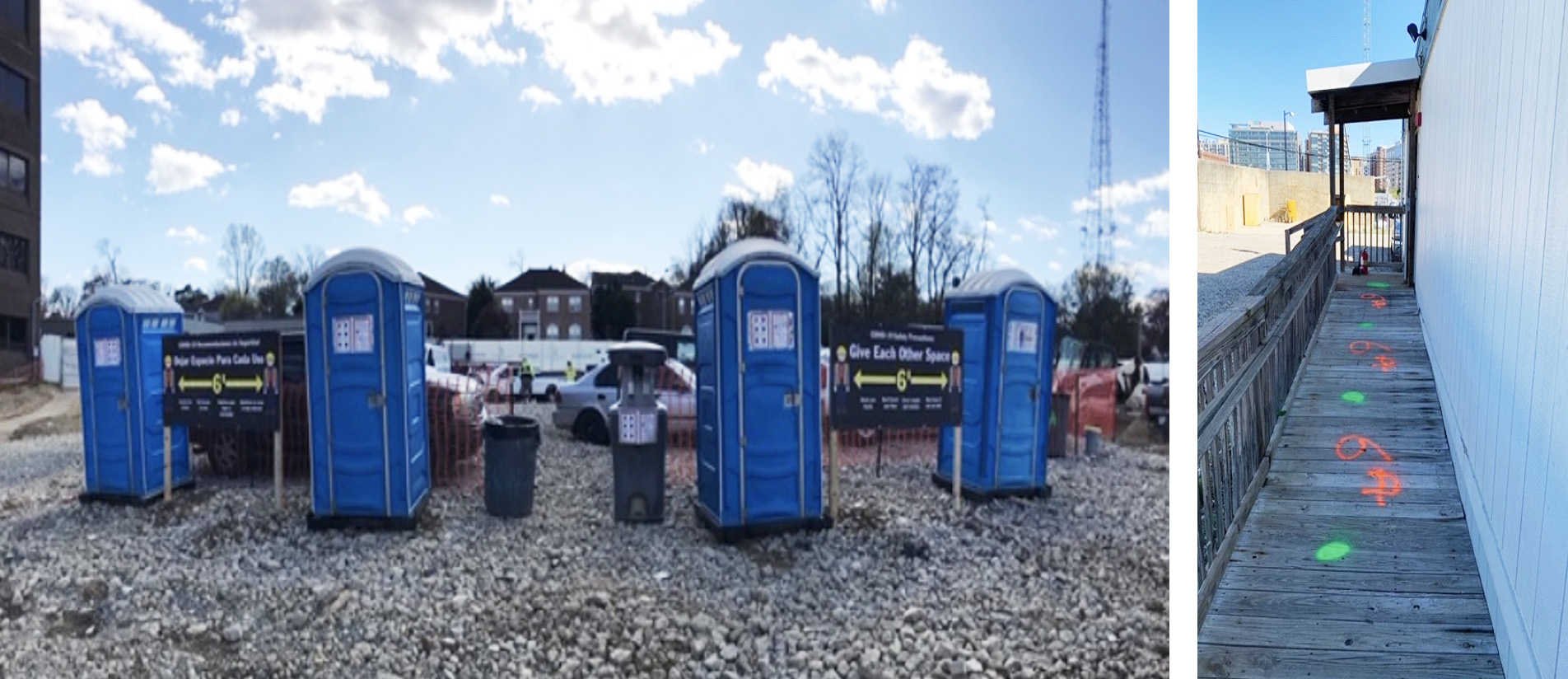
Once workers are on the job, eliminate common gathering points. Restrict access to job offices and trailers to essential personnel. Donato suggests distancing restroom locations and hand washing locations.
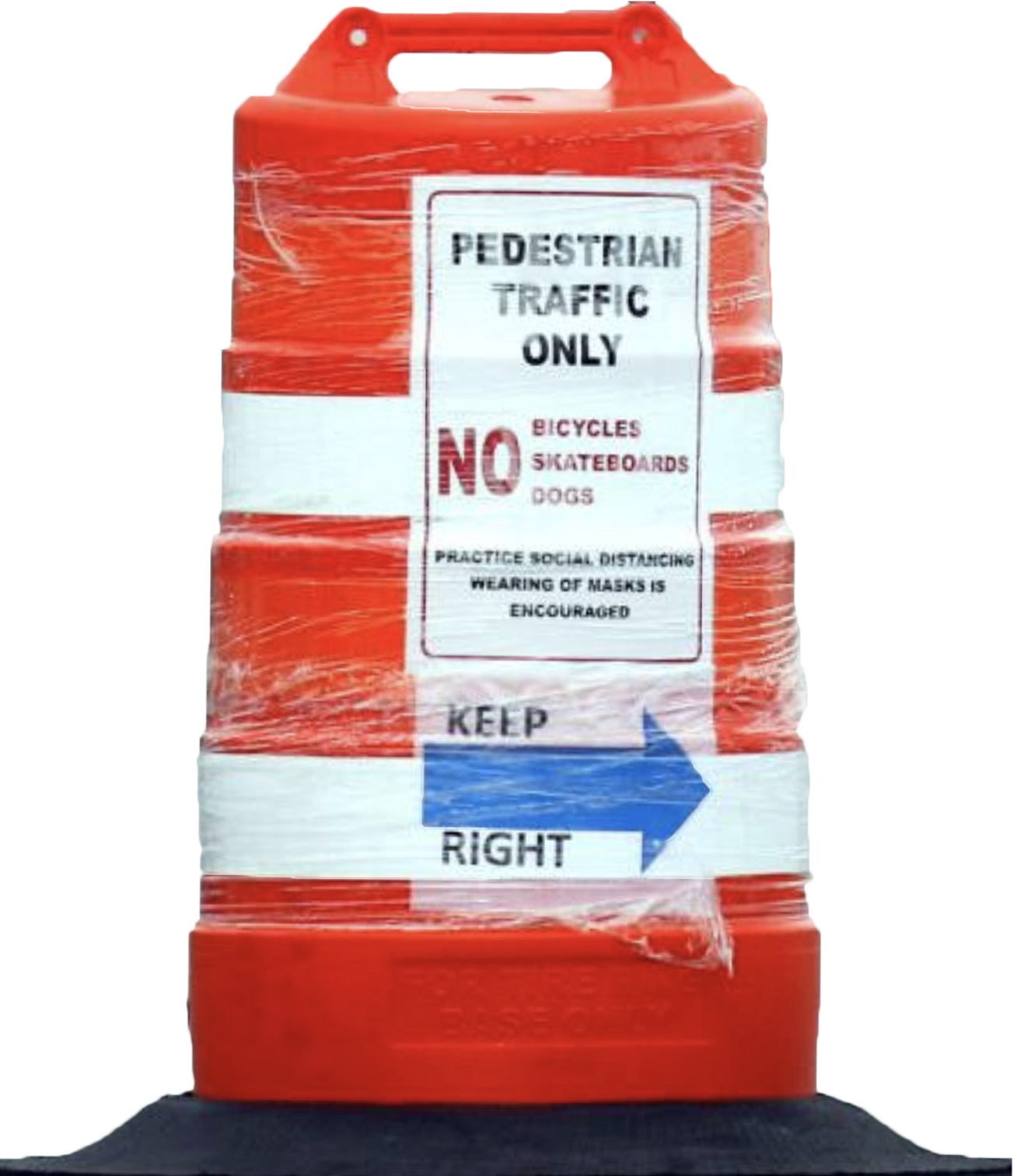
Adjust common pathways to avoid face-to face contact by establishing one-way patterns. This is especially important on scaffolds and stairwells. Limit elevator capacity to help create distancing.
Along with better crowd control, Donato urges contractors to stagger breaks and break locations. These mid-shift pauses are important, but while on break it’s easy for workers to forget about physical distancing. If break rooms are on site, limit capacity to match local jurisdiction requirements. It’s also a good idea to post reminders about distancing in break areas.
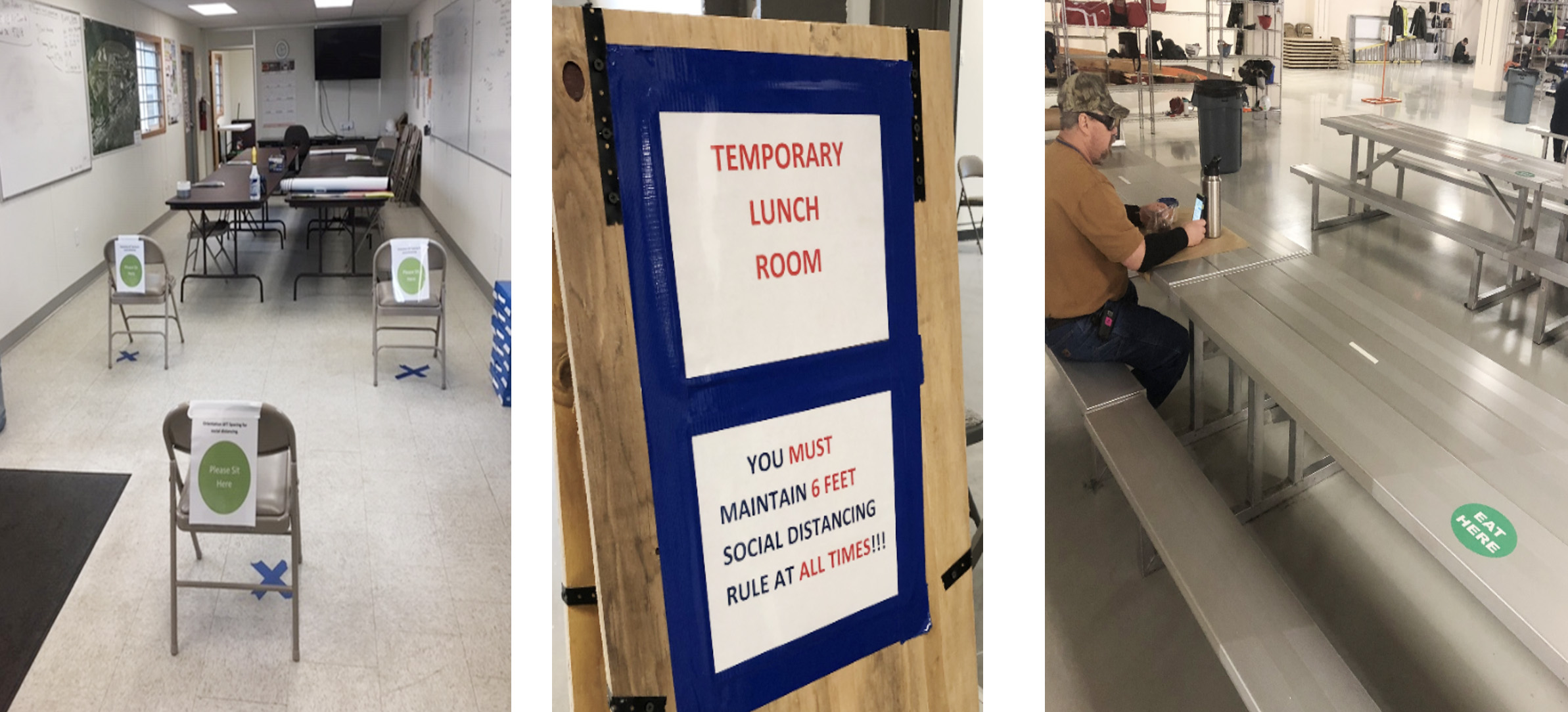
Displaying The Message
Changing decades-long work site practices requires strong messaging says Donato. Effective signage can support new practices and procedures. Signage experts suggest effective messaging is not just about what you say, but when you say it. Research has found that rather than a big poster listing all the rules, workers will respond better to a series of cues.
Entrance signage should include reminders for self-assessment checks and physical distancing. Once onsite, clearly visible signs are effective reminders that can direct worker traffic at entrances, exits, scaffolds, aisles and stairs.
Bruce Donato, K&A First Aid and Safety, Inc
Signage is Important
Enjoy the videos and music you love, upload original content, and share it all with friends, family, and the world on YouTube.
Signs can encourage distancing at common waiting areas such as elevator entrances and break areas. Portable signs that encourage physical distancing at daily work areas are also effective risk reducers.
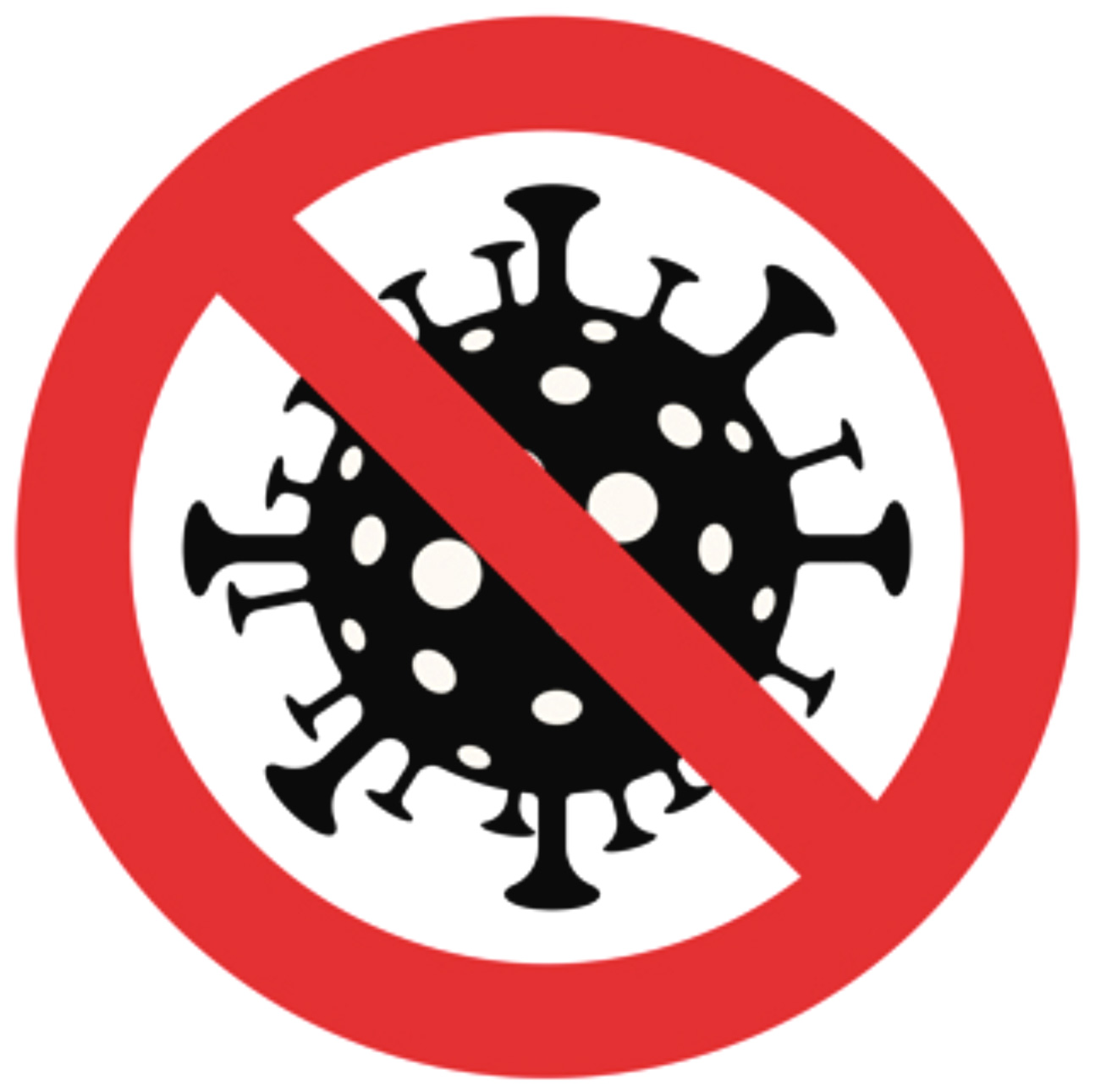 Donato encourages the use of custom signage that is focused on specific job conditions. When developing these signs use visible, direct and clear messages. Donato also suggests including the Covid-19 symbol on these signs to remind workers of the potential danger.
Donato encourages the use of custom signage that is focused on specific job conditions. When developing these signs use visible, direct and clear messages. Donato also suggests including the Covid-19 symbol on these signs to remind workers of the potential danger.
Adopting Safe Communication Techniques
Physical distancing practices do not reduce the need for the clear dissemination of information. Danato urges contractors to eliminate face-to-face meetings. Many have used video conferencing, like Zoom or FaceTime on personal devices, to conduct safety talks and work assignments.
If there needs to be a brief in-person conversation, Danato suggests workers be instructed to adopt safe positioning with respect to others. Workers should stand to the right or left of each other to eliminate a face-to-face exposure.
Follow these links to the 4 Steps To A COVID-Free Jobsite:
PLAN • PREPARE • POST • PREVENT




